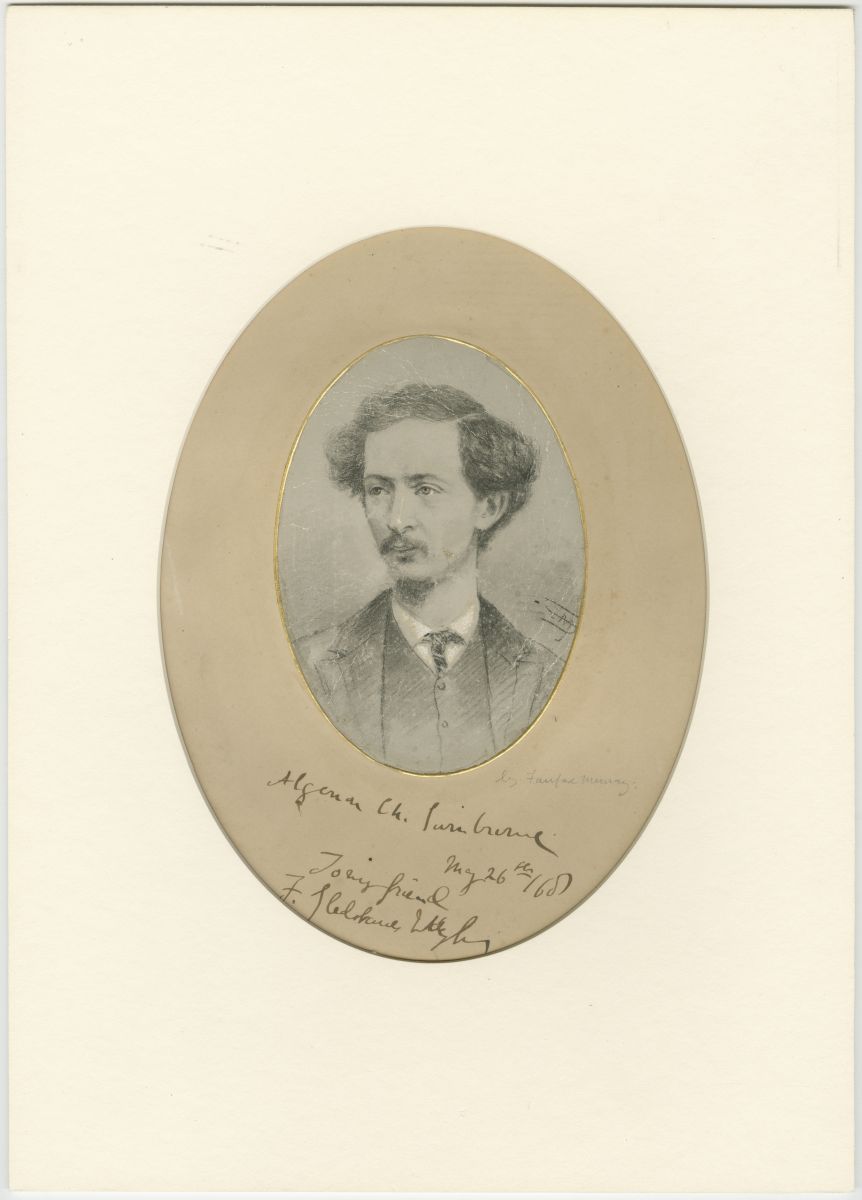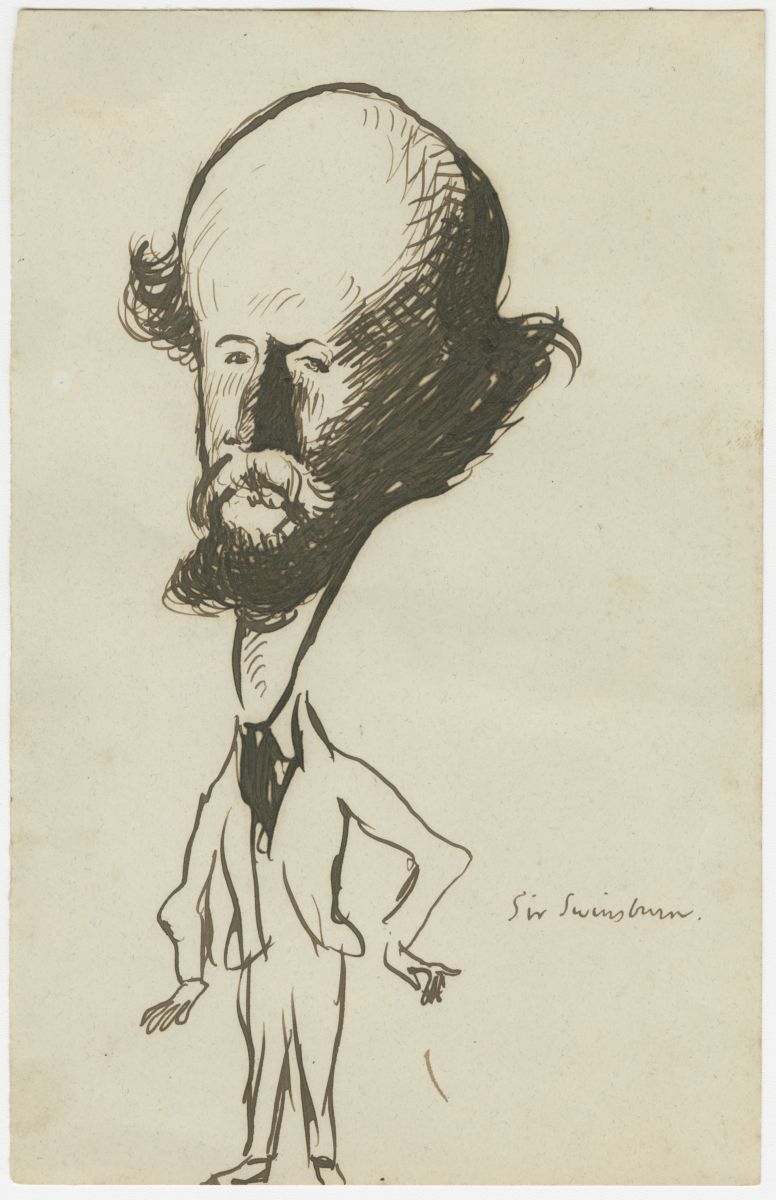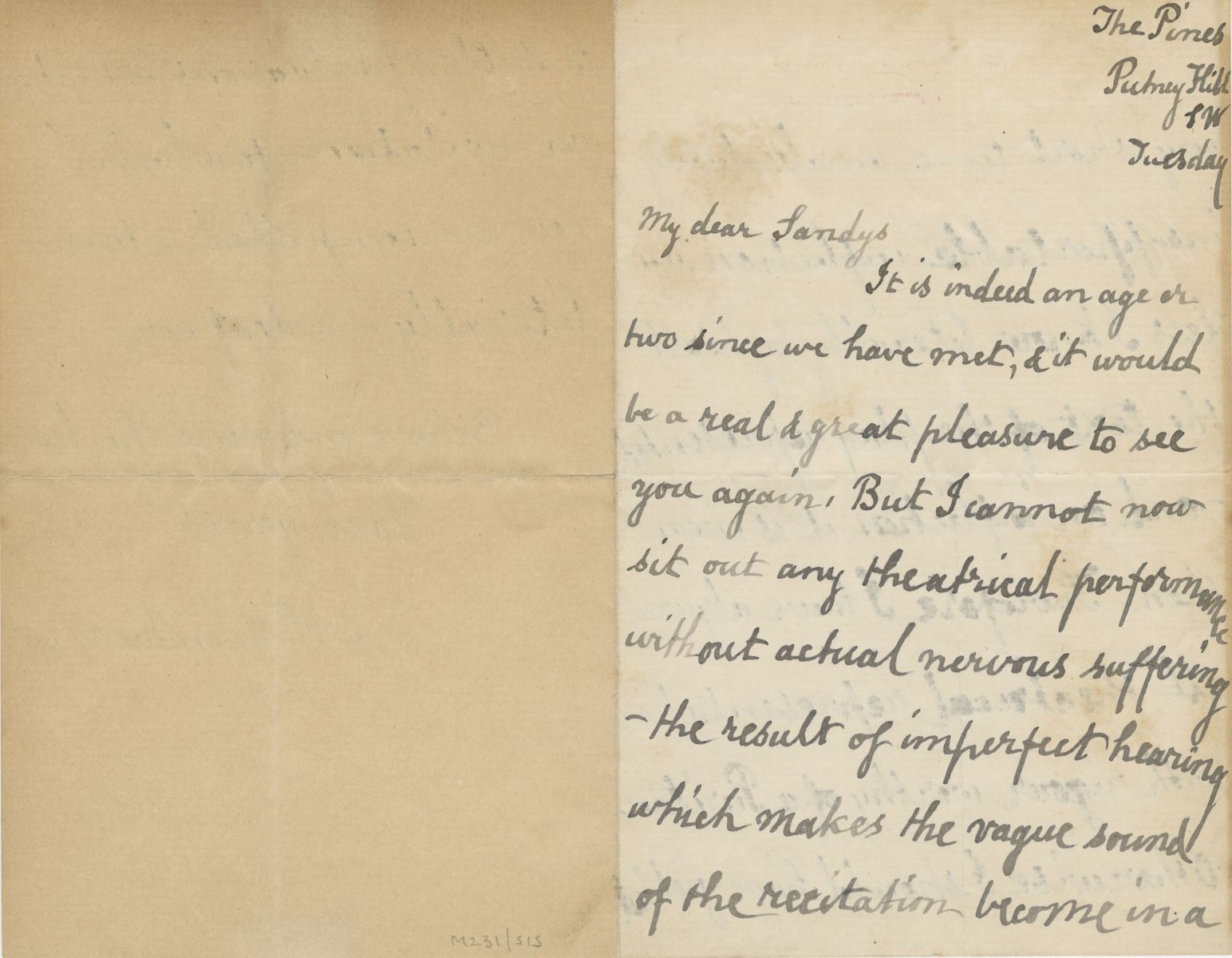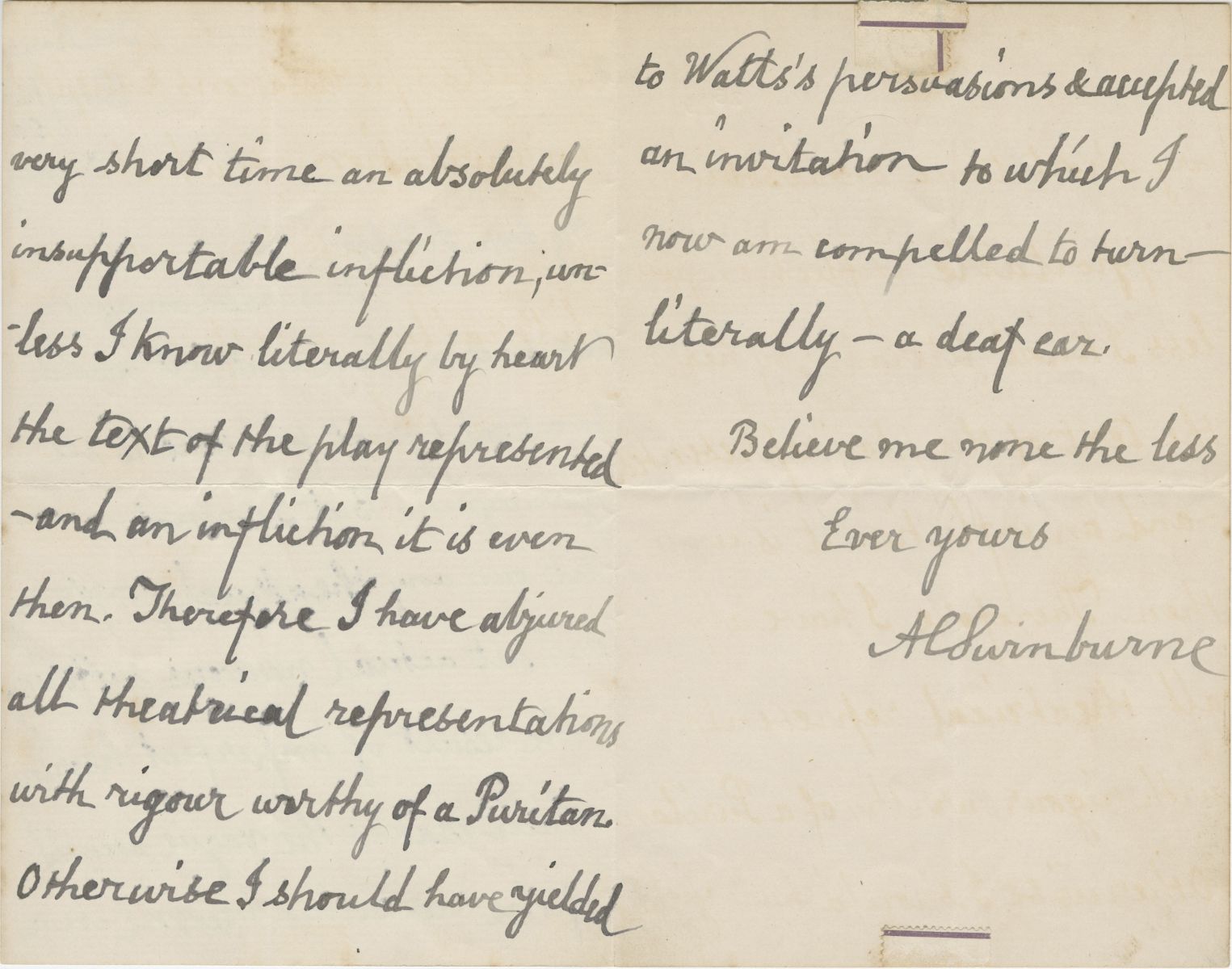
By Jordan Williams, W&M Libraries
The latest donation to the Special Collections Research Center shatters the common perception of Victorian literature.
Dr. Terry and Mrs. Sheila Meyers gifted the first poetry collection to W&M Libraries – The Sheila and Terry Meyers Collection of Swinburneiana.
The contribution is centered around the life and work of major Victorian literary figure Algernon Charles Swinburne. He was one of the most sensational
artists of the era, publishing provocative material in rebellion against the conservative style of his peers.
“Swinburne was someone I had never heard of,” Terry Meyers said. “I discovered he was out of favor for a number of reasons. He was the bad boy of Victorian poetry. He was skeptical of Christian beliefs, wrote poetry that was sexually explicit, and talked about things Victorians did not like to talk about.”
The extensive collection illustrates how Swinburne intentionally conceived a scandalous reputation and made it apart of his fame and artistry. Researchers will have access to materials that range from publishing by Swinburne and his contemporaries to letters he wrote and received.

According to Director of Special Collection Jay Gaidmore, the donation totals 695 books and other published materials, 153 letters, 23 miscellaneous items (caricatures, autographs, reproduced sketches), 13 manuscripts, and two pieces of original art.
“It creates a hub for anybody interested in Algernon Charles Swinburne or the Pre-Raphaelites,” Gaidmore said. “It offers the ability to come here and do a variety of research rather than have to go through a lot of different institutions.”
Despite his radical personality, Swinburne was an incredibly gifted poet. He had a great command of vocabulary, rhyme, and meter. His talents stretched into writing dramas, novels, and critiques of other poets.
Librarian Kate McCallister said Swinburne even used his talents to mock the styles of his counterparts.
“One of the collections of poems he published was basically just a group of poems parodying famous poets of the day like [Alfred] Tennyson,” she said. “He wrote poems in their style, but with material that was counter to the things they were writing about. So, it was sort of like a huge takedown.”

The manuscripts provide more evidence that Swinburne was very intelligent. Special Collections Assistant Mariaelena DiBenigno described the writing in his letters as smart and witty.
Swinburne was even charming in his thank you letters to fans and declining of social invitations. DiBenigno elaborated that Swinburne’s use of clever phrases was a direct reflection of his mastery of the English language.
“His [Swinburne’s] knowledge of Shakespearean and Renaissance dramas was unparalleled,” she said. “He read a lot and he was an expert on a lot in terms of English literature.”
Since the birth of the collection in 1969, an abundance of exclusive and rare Victorian treasures has been added. Meyers said that one of the most difficult titles to add was a first edition of Swinburne’s first book, “The Queen-Mother” and “Rosamond”. The book was published in 1860 and sold poorly; few copies have survived.

Nonetheless, Meyers has moved on to other researching opportunities. He has partnered with the Lemon Project over the last seven years to unravel the history of William & Mary’s complicity with slavery and segregation.
“I’m still doing research, but not so much on Swinburne anymore,” Meyers said. “I love Swinburne. I had great fun putting the collection together over the years. It has been absolutely great. But I’m almost in my mid-70s and it’s time to move on. Sheila and I wanted a good place for the collection now.”

